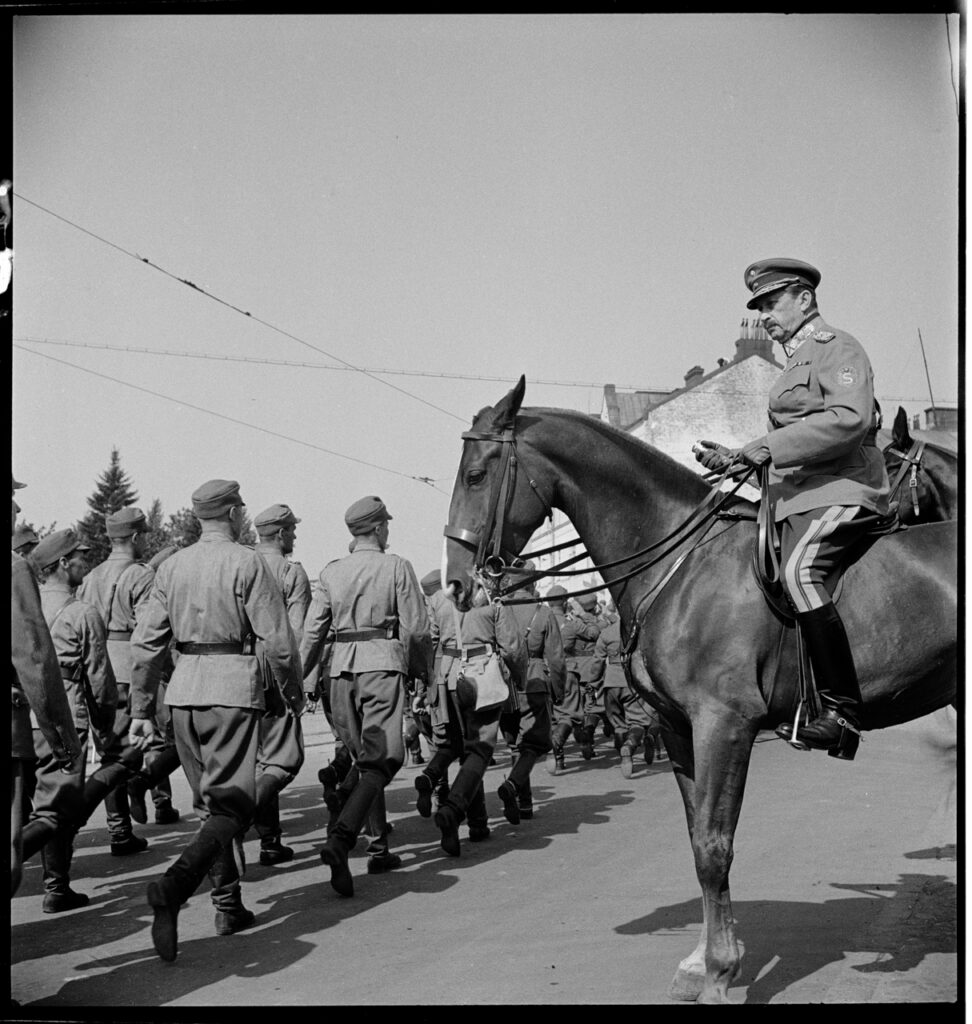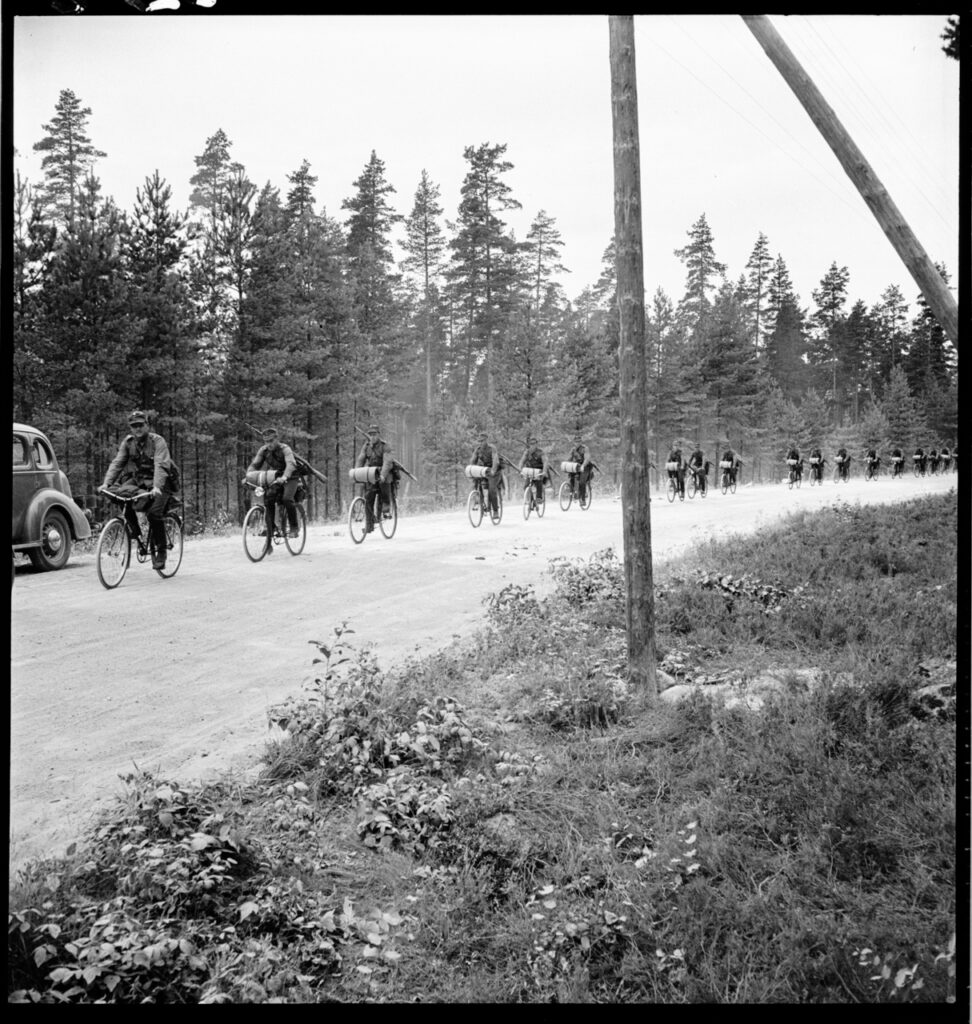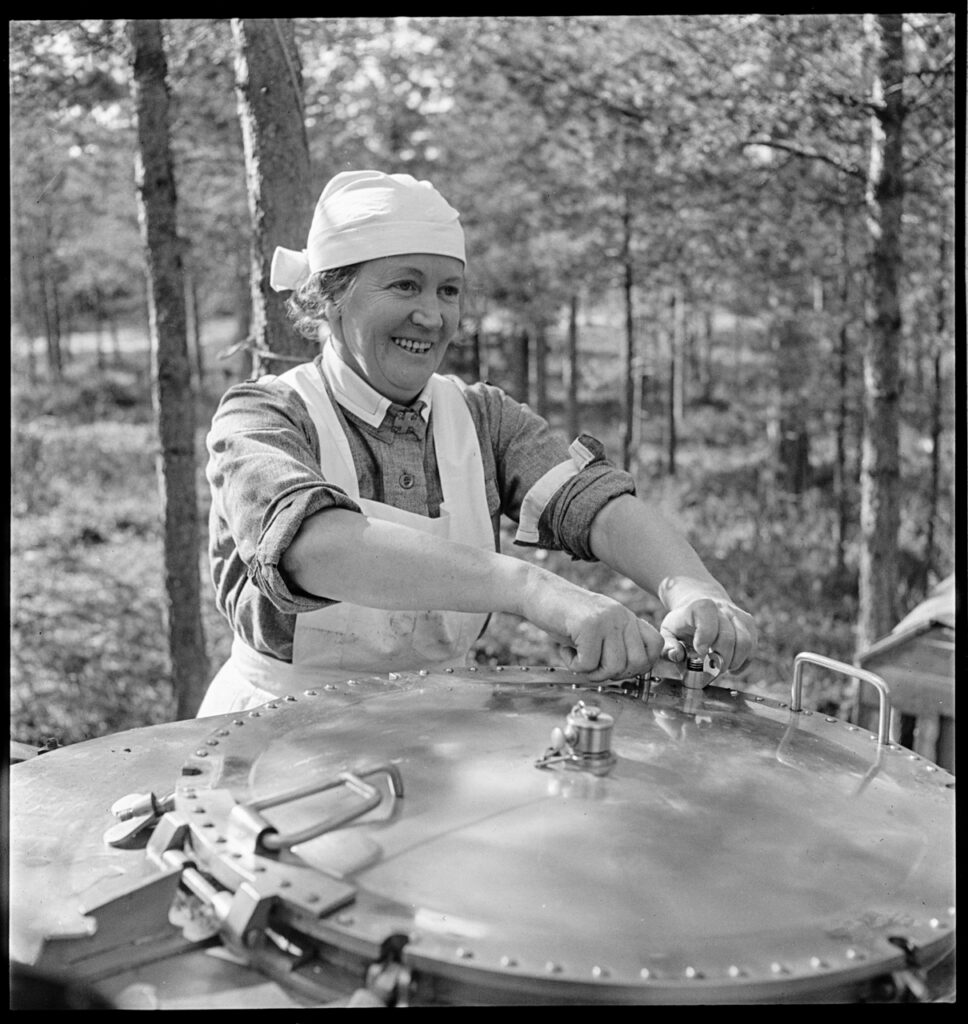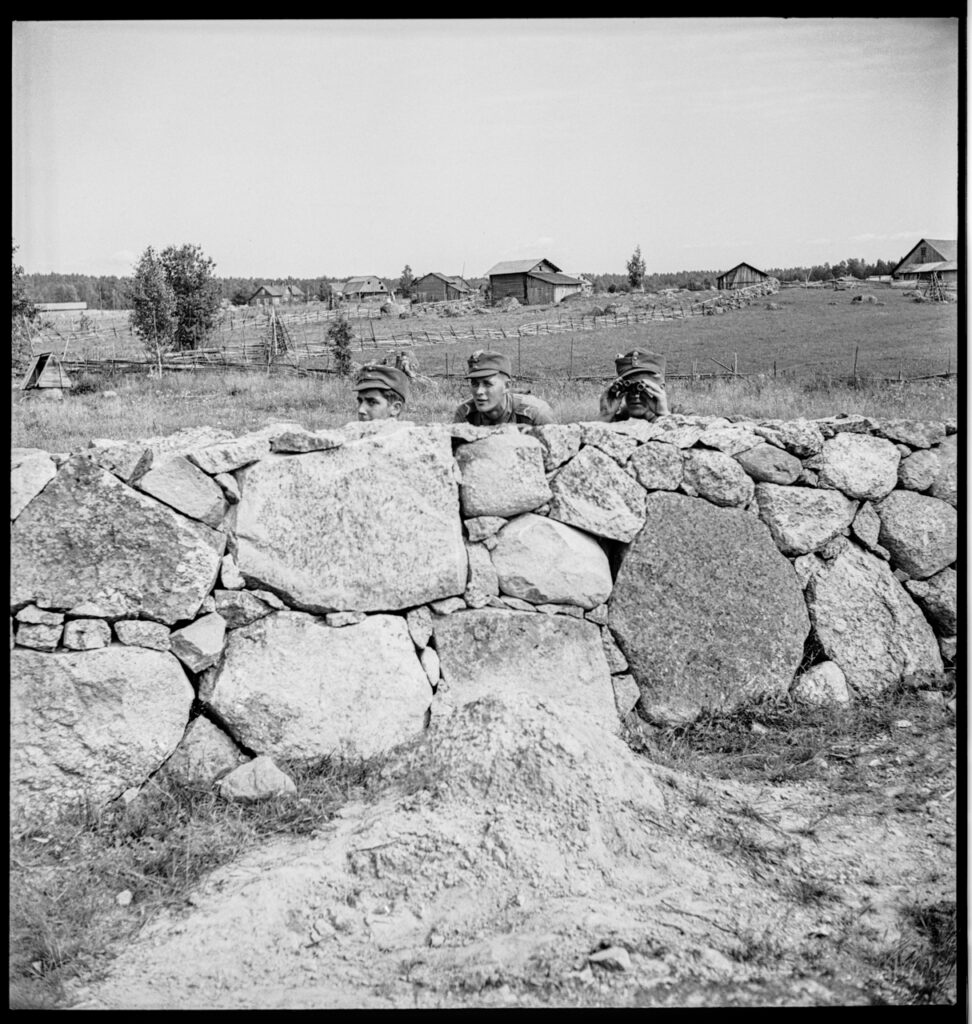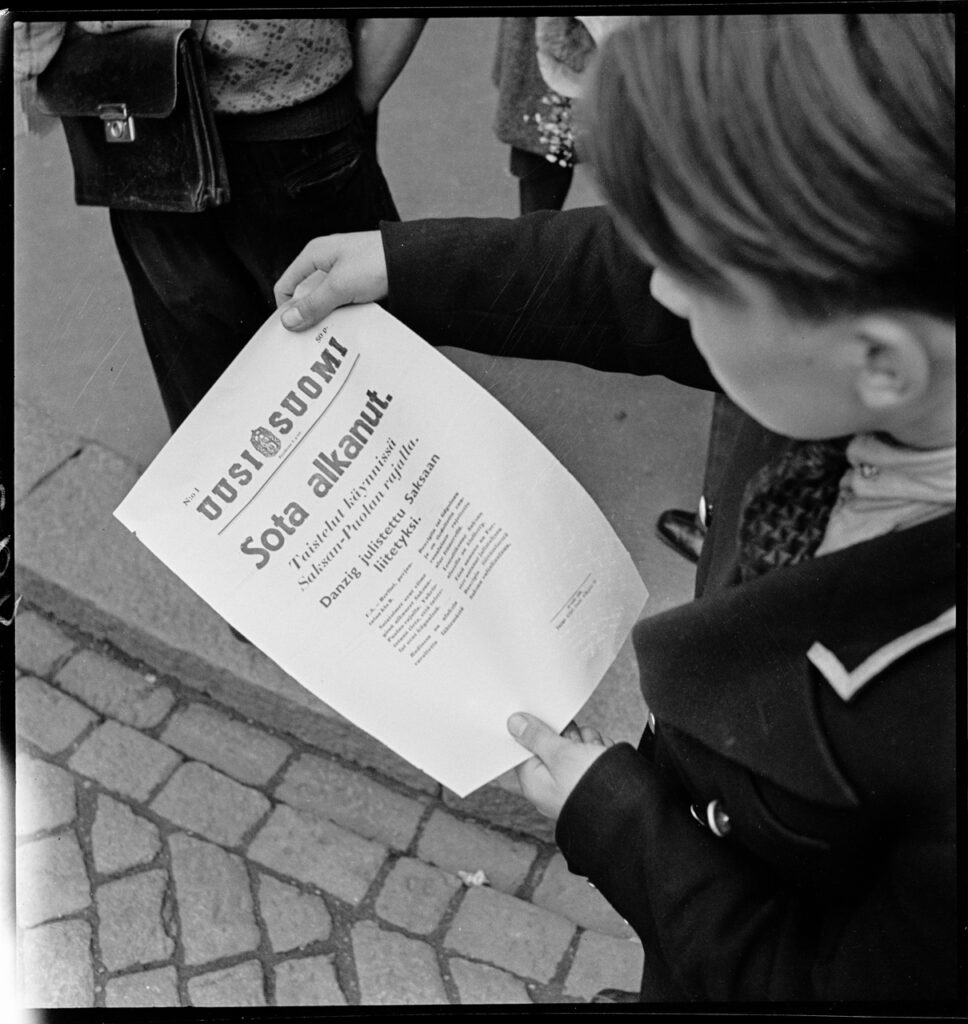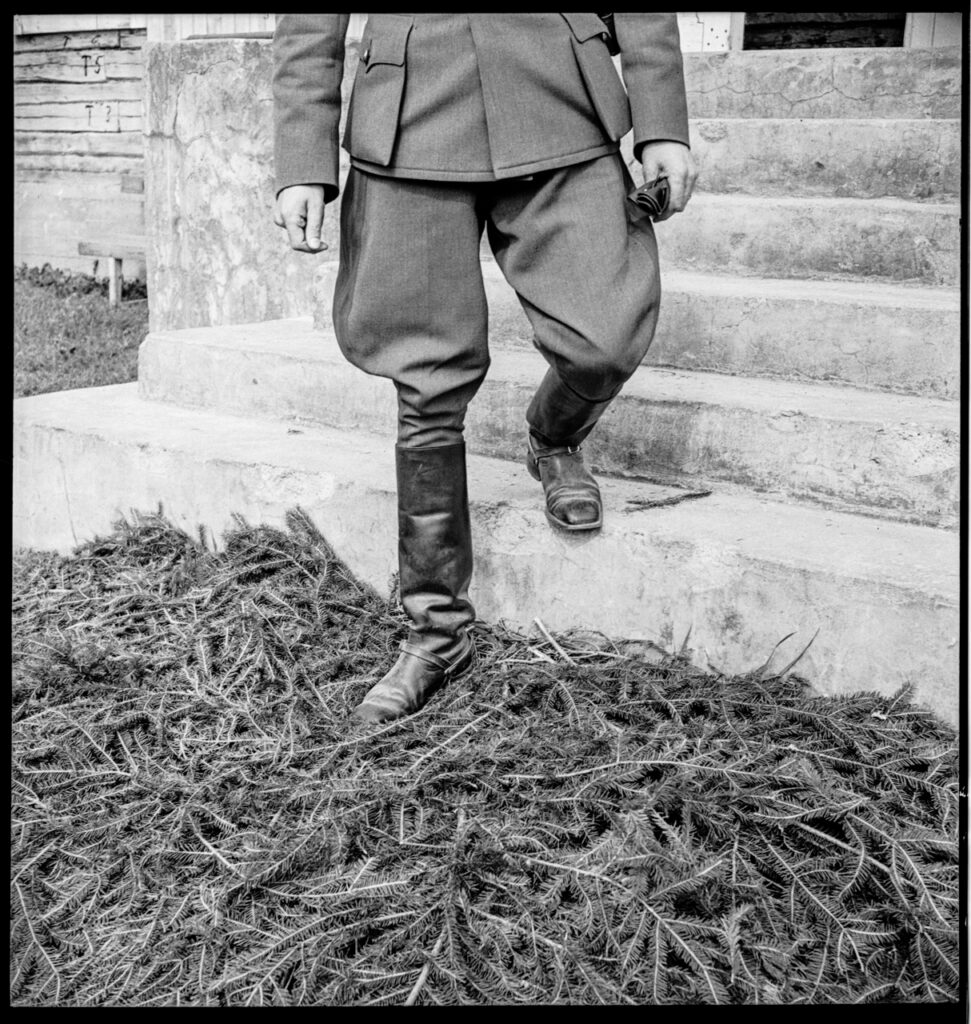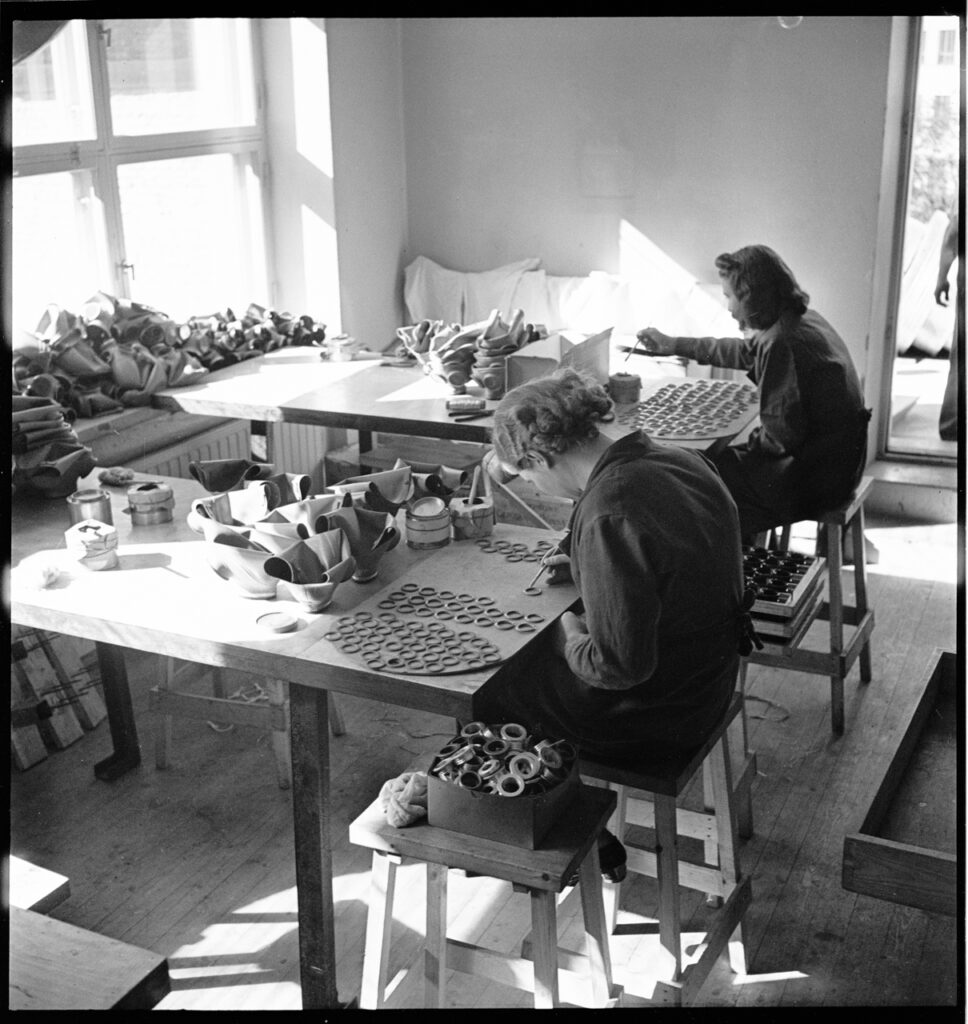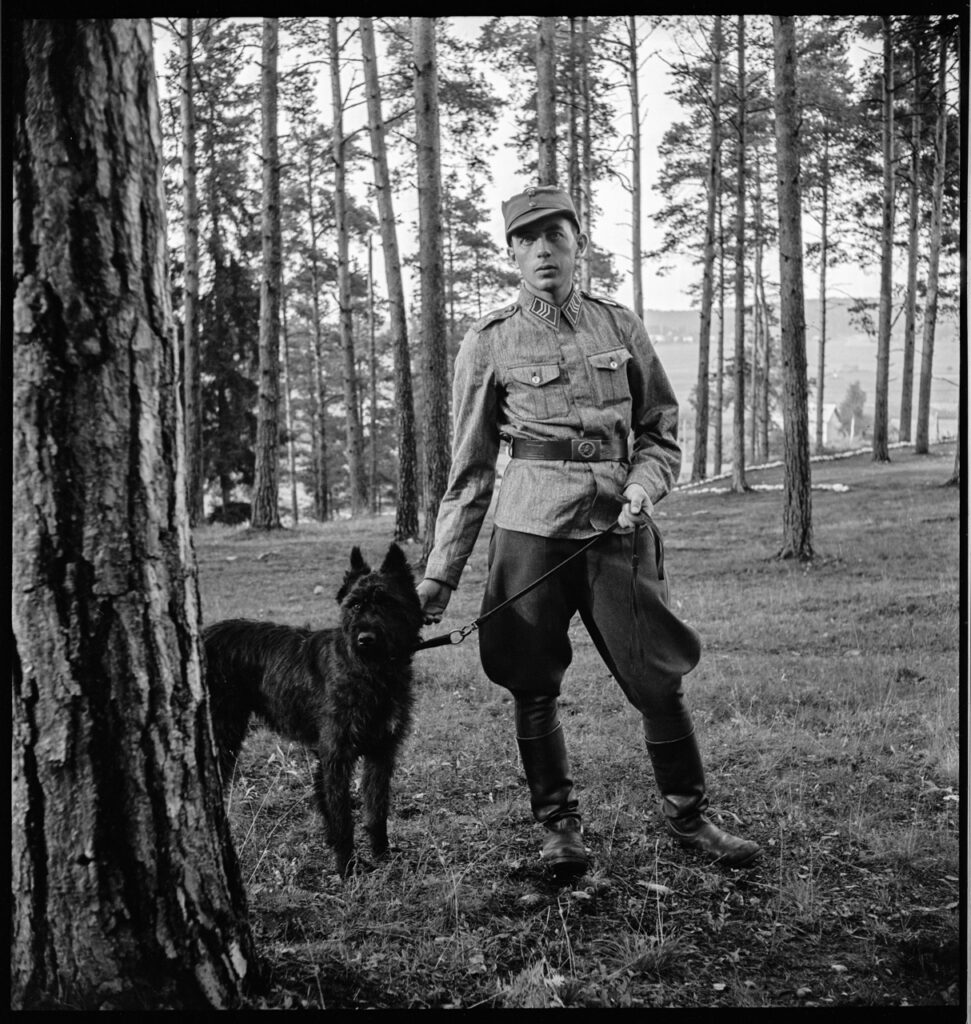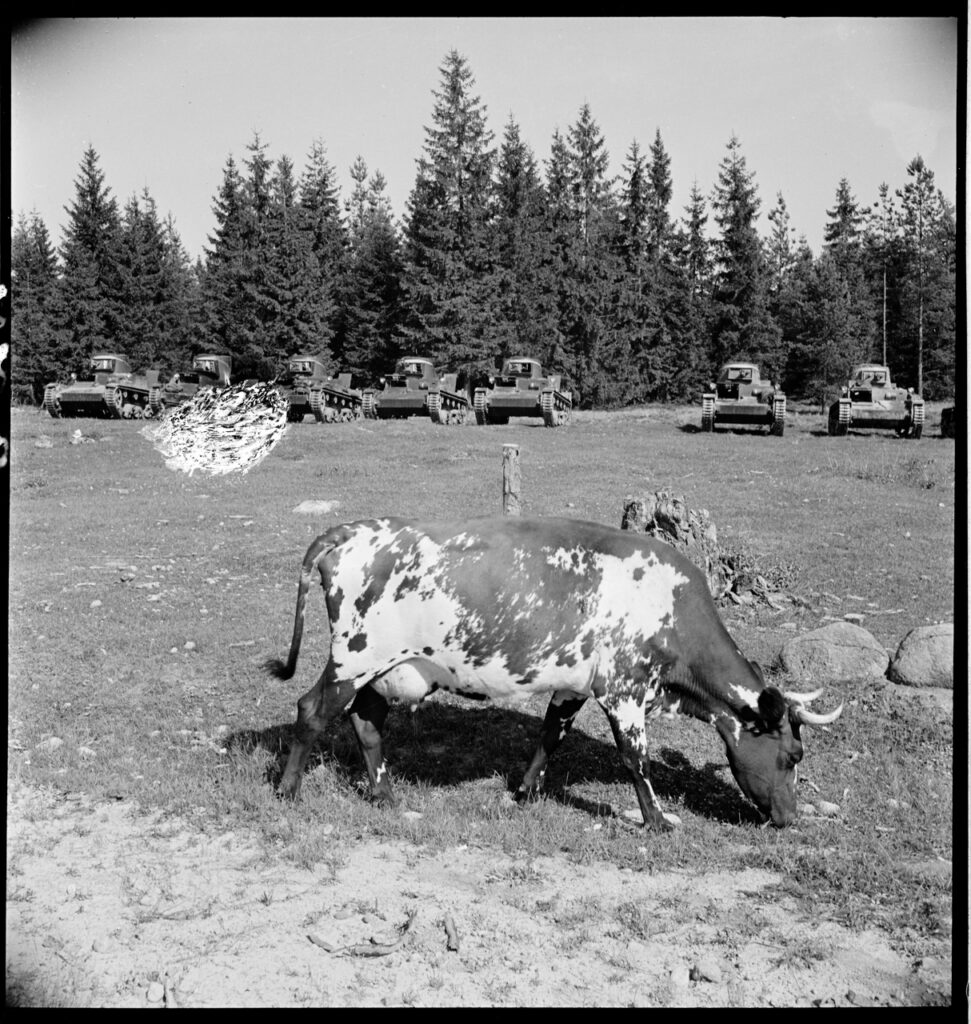In the Autumn of 1939 Thérèse Bonney traveled to Finland to photograph preparations for the Olympic Games in Helsinki to be held the following year. Instead, she became a war correspondent. With World War II already underway, Bonney was one of few photographers in Finland as tensions with the neighboring Soviet Union grew. Bonney photographed Finnish military training operations leading up to the Soviet invasion on November 30, 1939. Throughout the ensuing Winter War she photographed civilian evacuations, relief operations, and meetings of Finnish leaders — work for which she was awarded the White Rose of Finland medal. The event would change the trajectory of her photographic career. Previously focused on French art and design, Bonney would go on to photograph throughout World War II, leaving an important record of the effect of war on civilian populations. Additional images of Bonney’s work in Europe during WWII can be seen in these previous postings: Wrapping up Women’s History Month: Selections from the Thérèse Bonney photograph collection at The Bancroft Library and Thérèse Bonney: Art Collector, Photojournalist, Francophile, Cheese Lover.
Still more is available via the Library’s Digital Collections site and the Finding Aid to the Thérèse Bonney Photograph Collection.
